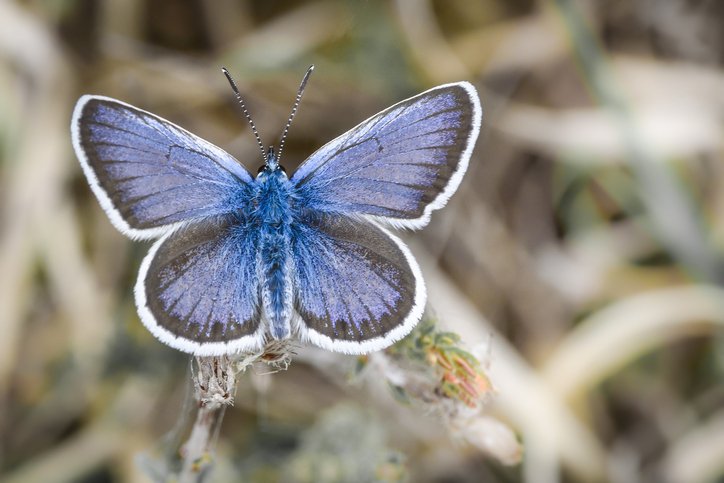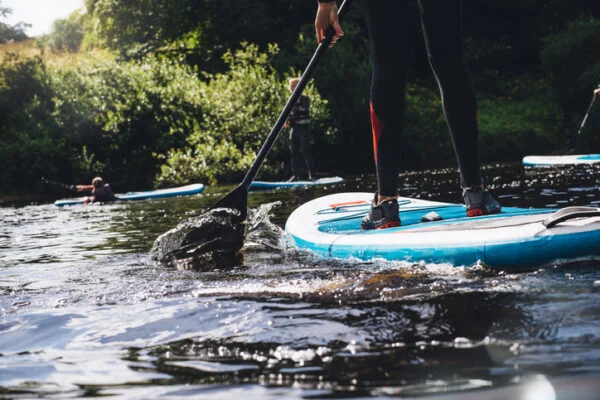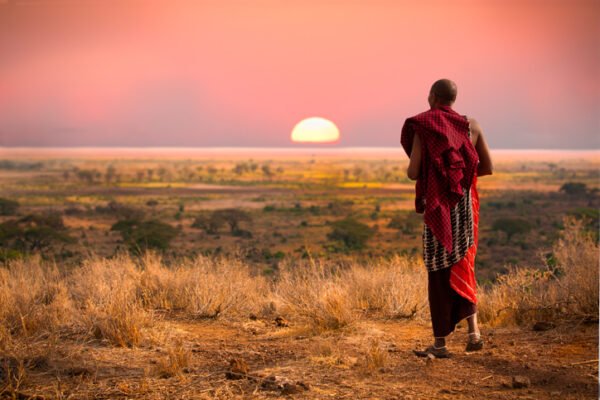At a time when much of the natural world is in crisis, some butterfly species are showing signs of recovery – likely the result of concentrated conservation effort and positive land management.
Results from the annual UK Butterfly Monitoring Scheme (UKBMS) – led by Butterfly Conservation, the UK Centre for Ecology & Hydrology (UKCEH), British Trust for Ornithology (BTO) and Joint Nature Conservation Committee (JNCC) – show that while the overall picture for butterflies in 2021 was poor, species that are the focus of targeted conservation efforts have fared well.
A below-average year
After three good years in a row, 2021 was a below-average year for UK butterflies, and the worst since 2017.
Following one of the coldest and wettest Mays on record, especially in England and Wales, many common and widespread species did poorly.
The green-veined white had its fourth-worst year on record and large skipper its fifth-worst. The common blue, large white and small skipper also had a poor year.
Even some widespread species that have shown long-term increases fared badly in 2021, with the ringlet recording its lowest numbers since 2012.
Promising signs for threatened species
Despite the context of the generally poor year, there were some promising results for many threatened species.
The endangered heath fritillary, which has been the focus of long-term intensive conservation efforts in Kent, Essex and Somerset, had a good year and has now increased 112% at monitored sites in the last decade.
The meticulously gathered UKBMS data show that 2021 was also a good year for the silver-studded blue (main image), a butterfly that is classed as vulnerable in Britain.
It is another species that has benefitted from much conservation work on its heathland and grassland habitats. 2021 was its best year since 1996 and its numbers have increased by 70% at monitored sites since the 1970s, with it having six above average years in a row.
Differences around the UK
2021 was a poor year for butterflies in England, ranking 33rd out of the 46 years since the UKBMS began.
It was a particularly terrible year for green-veined white – one of our most widespread butterfly species – which suffered its joint-third worst year since 1976. White admiral also had its third-worst year on record and its populations have now decreased by 62% in England since the UKBMS began.
Scotland was the only UK country in which butterflies fared well overall in 2021, with more species increasing than decreasing from 2020 levels. The year ranked 10th out of 43 years with UKBMS monitoring data in Scotland.
The year 2021 was an average year for butterflies in Wales, ranking 24th out of 46 years since monitoring began.
It was also an average year for butterflies in Northern Ireland, ranking 10th of the 18 years for which trends can be calculated.
 Play Video about This Rock Might Just Save The World
Play Video about This Rock Might Just Save The World Play Video about Play 2 hours of rock
Play Video about Play 2 hours of rock Play Video about Play 2 hours of brook
Play Video about Play 2 hours of brook Play Video about Play 2 hours of sheep
Play Video about Play 2 hours of sheep











































